A shared pursuit of excellence and knowledge
At Maison Ferrand, our curiosity constantly pushes us to explore uncharted territories. It is in this spirit that, several years ago, we initiated a partnership with the West Indies Central Sugar Cane Breeding Station (WICSCBS). This institution, one of the two oldest in the world dedicated to sugarcane research (alongside Java), has been cultivating its expertise in Barbados since 1888.
Through this exchange and our shared ambition to create a new approach to rum, we hope to contribute to the development of unique sugarcane varieties. This collaboration embodies a spirit of mutual discovery, where each partner brings their own distinctive expertise.
"We are not seeking to maximize yield or productivity, but rather to reveal the unique characteristics that make each variety exceptional for rum production rather than sugar output," explains Alexandre Gabriel, our Master Blender.
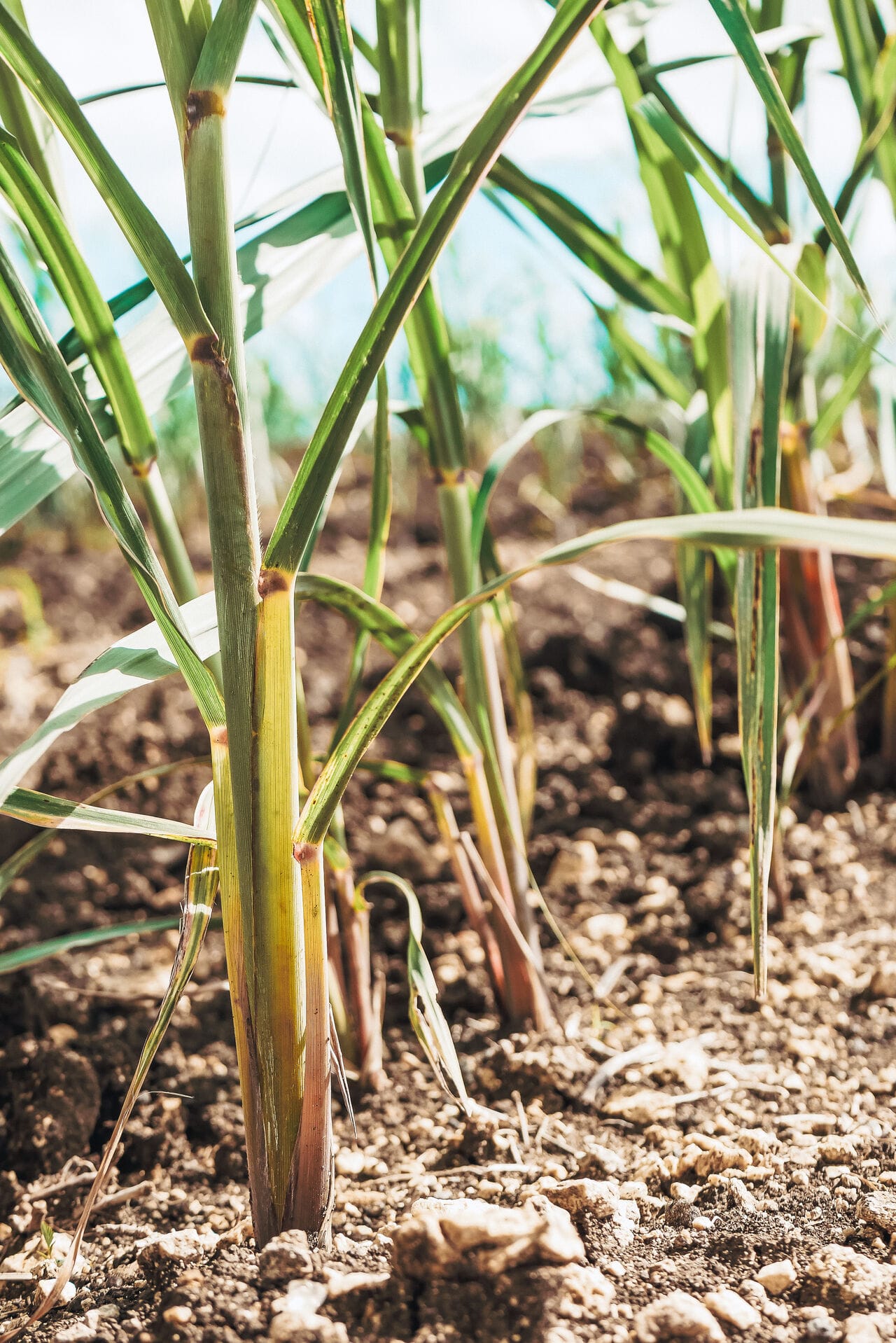
An open-air laboratory
Before planting a single sugarcane stalk at Kendal, we first cultivated yams across the intended area. This crop improves soil structure, enhances water retention, and enriches it with essential nutrients—a perfect preparation for our future canes.
Across our 30 acres (approximately 12 hectares), divided into four distinct plots, we planted five different sugarcane varieties, carefully selected in close collaboration with WICSCBS experts:
- B82238 – Early Bird: widely recognized for its stability, serving as a reliable benchmark to evaluate other varieties
- B89447 – Yellow Lady: a yellow cane with pronounced floral aromas and marked tropical fruit notes
- B881607 – Purple Cane: easily identifiable by its purple hue, offering herbaceous nuances and a gentle sweetness
- B001250 – Big Gold: a large golden cane known for its natural sweetness and clean flavor profile
- B89689 – Lucky Cane: chosen for its atypical aromatic bouquet, combining unexpected notes that clearly set it apart
To leave nothing to chance, each plot is bordered by red cane originating from Papua New Guinea. This natural barrier prevents cross-contamination between varieties and limits cross-pollination, while also protecting the plantation from disease, wind, and erosion.
In 2022, we reached a key milestone with the commissioning of the Harper Sugar Cane Mill. This mill, born from our collaboration with WICSCBS, allows us to transform freshly cut cane directly into juice for experiments and to deepen our study of each variety. It honors Irenaeus Brathwaite Harper, a Barbadian of African descent who, over 160 years ago, first demonstrated the fertility of sugarcane.
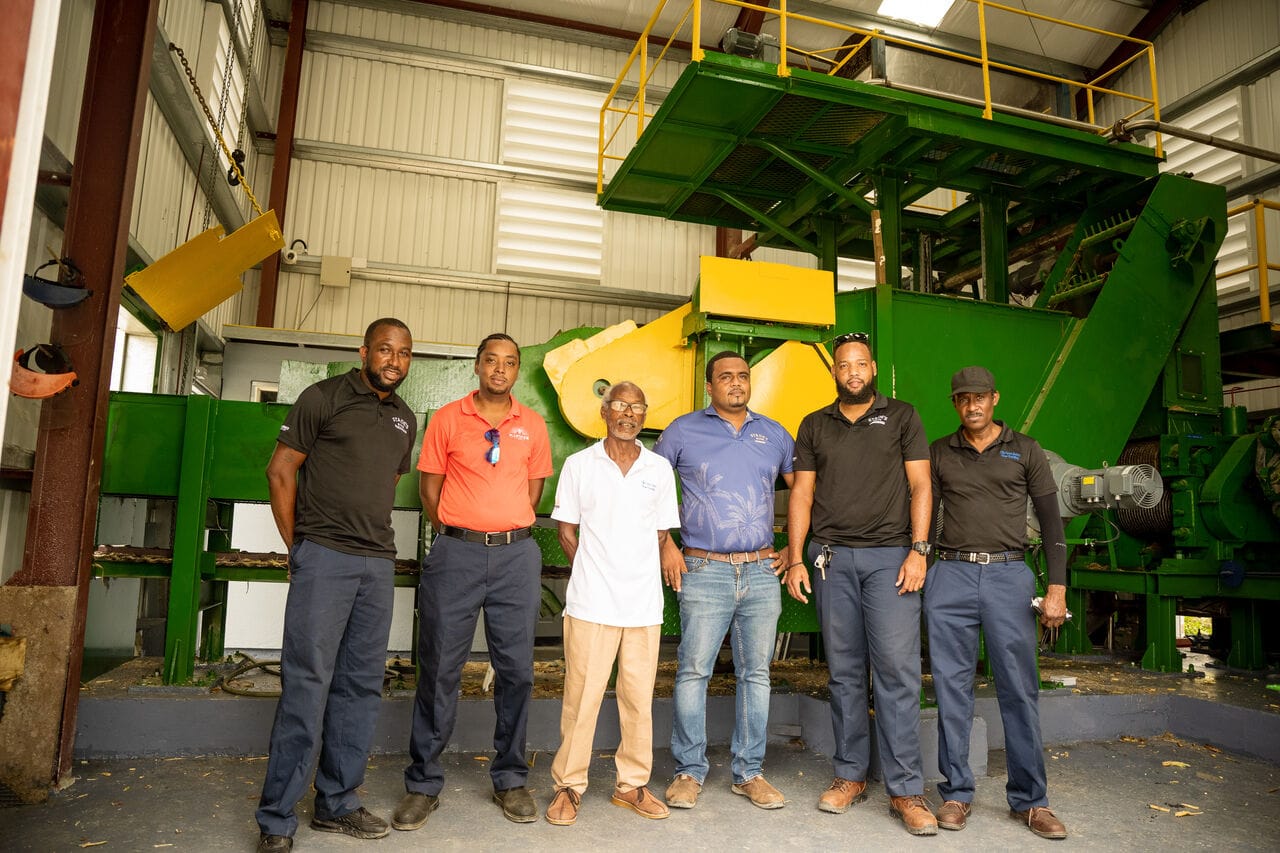
Next year, these plots will be ready for their first harvest!
"The Kendal terroir is distinctive, known since the mid-1600s for its coral stone bed topped with a rich clay layer. The constant coastal breeze, infused with salty air, brings excellent rainfall, creating ideal conditions for our canes," shares Alexandre Gabriel.
Innovative crossbreeding
Our collaboration with WICSCBS extends beyond cultivation. Together, we are exploring innovative crossbreeding techniques to create new varieties that meet our high standards of flavor and quality.
For instance, one particularly surprising and fascinating discovery was a process to convert male sugarcane into female plants, addressing the predominance of male canes.
Through a simple yet effective process involving immersing male canes in a 50°C bath, this method increases the available genetic diversity for research, opening the door to endless possibilities in developing new sugarcane varieties.
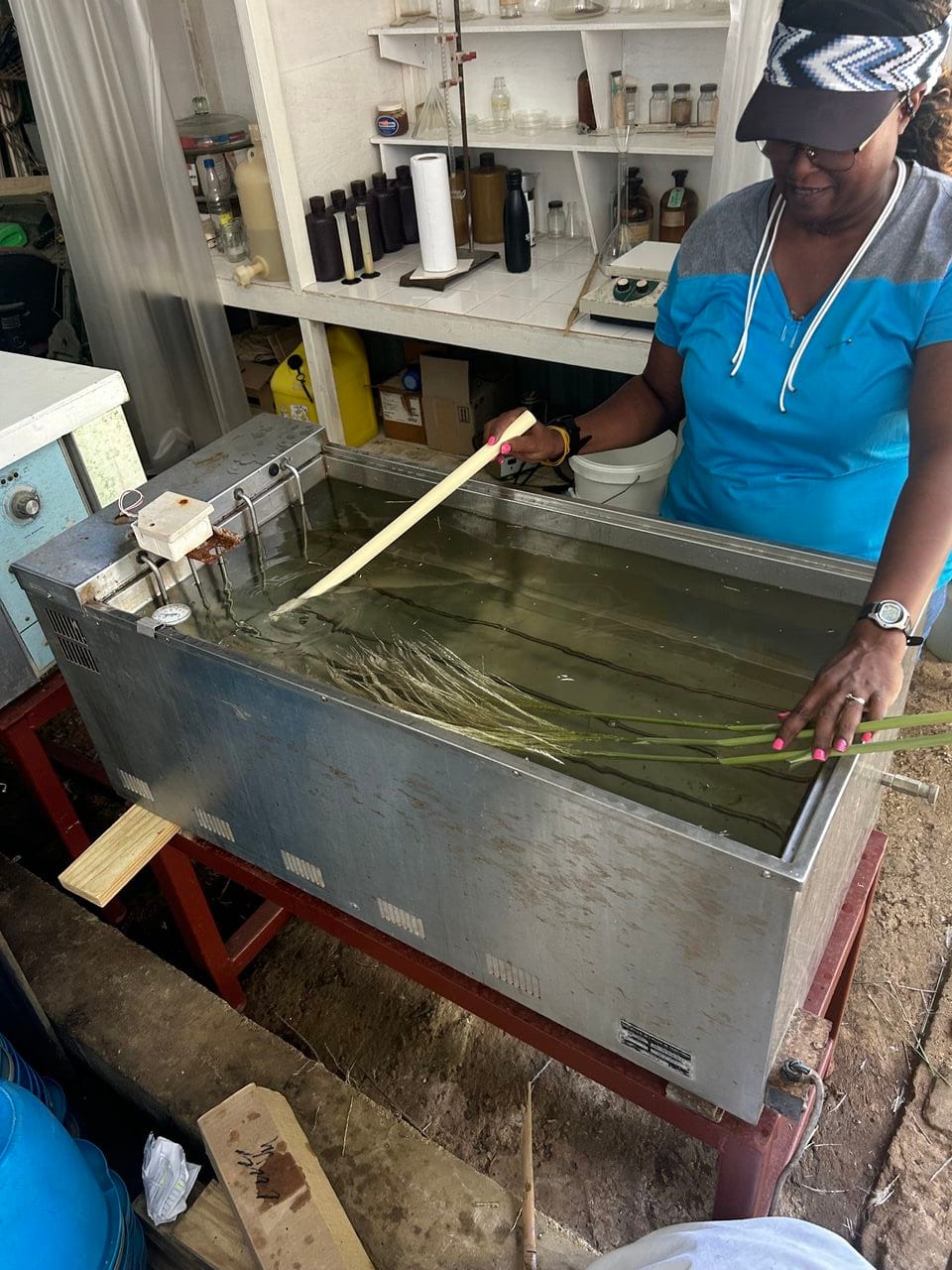
The flavors of tomorrow
This adventure is only the beginning of a more ambitious project…
By producing rum from fresh cane juice—a rare approach in Caribbean territories historically focused on molasses—Maison Ferrand is venturing into an entirely new sensory universe. In this context, cane juice emerges as a precious resource, enhancing the value of our joint research.
When our canes are harvested, we will be able to craft new rums with unprecedented aromatic profiles, markedly different from those we currently produce, offering a direct and authentic expression of each cane variety.
If the results from our 30-acre experimental plots prove successful, we plan to rapidly expand cultivation to 100 hectares. Yams are already being planted on these future plots to prepare the soil.
"As we refine our selections, it is essential to understand what makes each variety unique—its history, its adaptation to the Kendal terroir, and the distinctive qualities it brings to our rum," says Alexandre Gabriel.
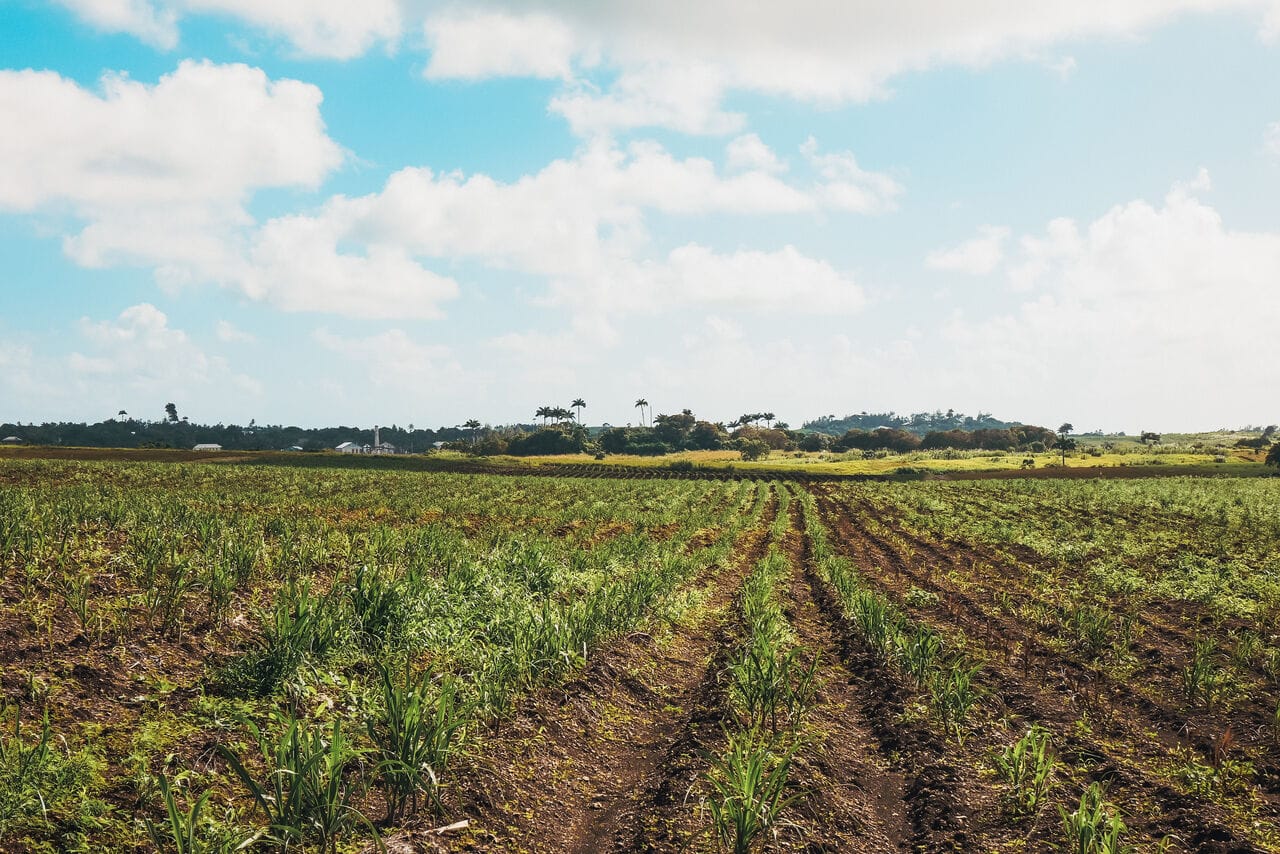
Towards innovative limited editions?
As you may have gathered from following Uncut Stories, our vision encompasses the full production cycle: from cane cultivation to distillation, aging, and bottling.
We hope to soon share limited editions of Planteray Rum as well as Stade’s Rum, highlighting the results of these experiments and our desire to explore new approaches.
As with our previous projects (see our tests with baobab fruit pulp or the second batch of Ferrand Dry Curaçao Yuzu), each advancement is the result of collective work that we can’t wait to share with you.
So stay tuned! We will keep you updated on the progress of all these joint projects!


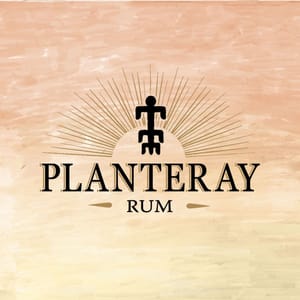
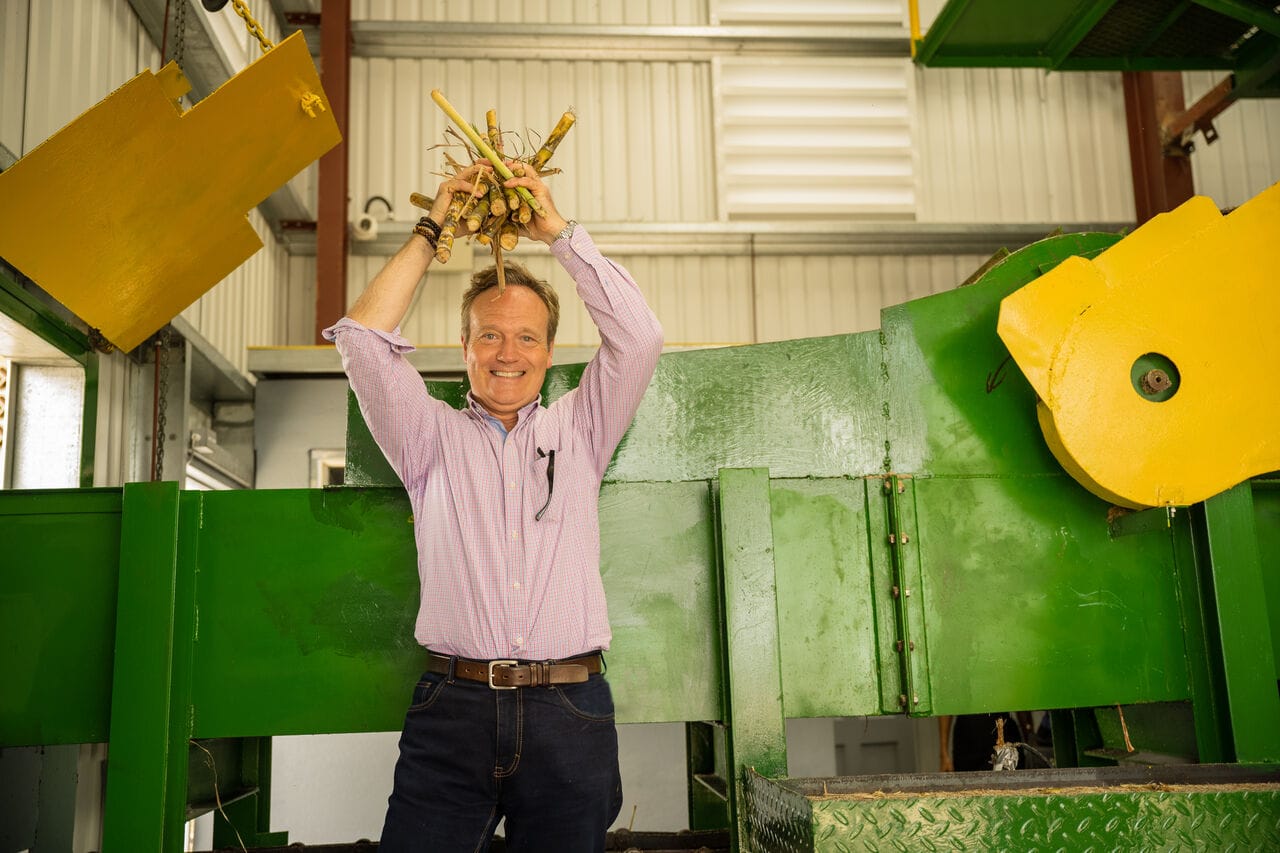

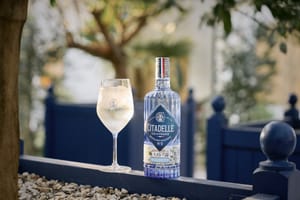
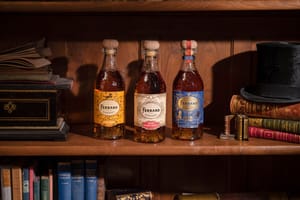
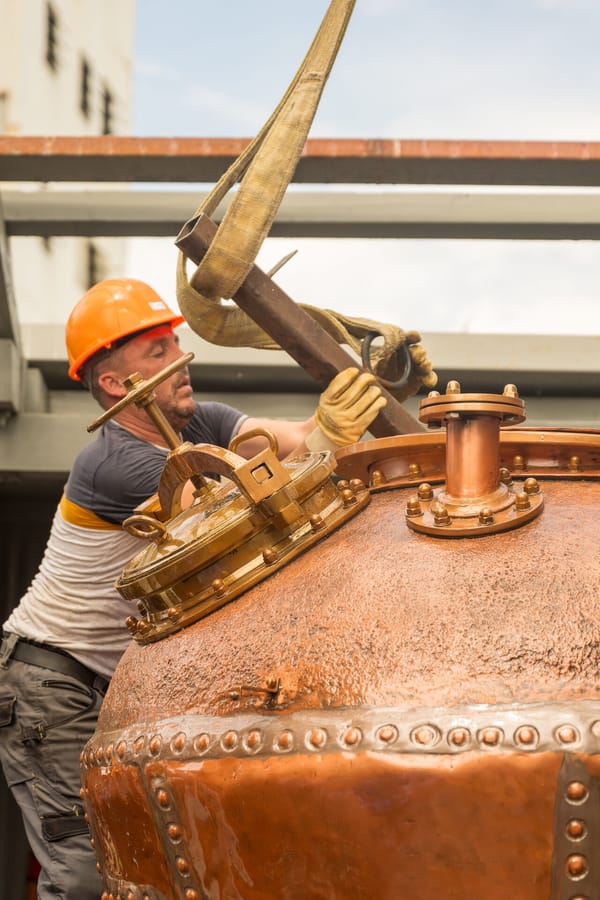
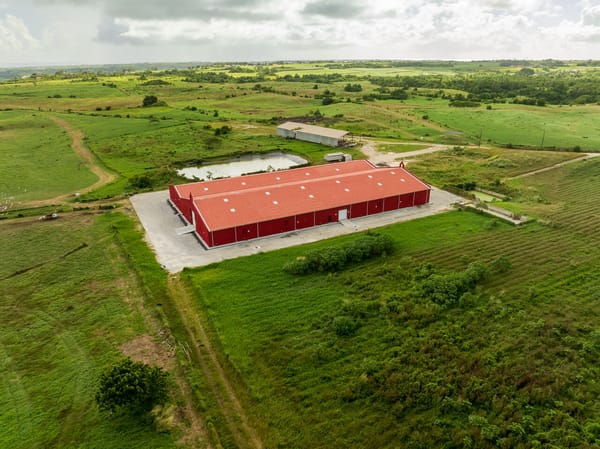
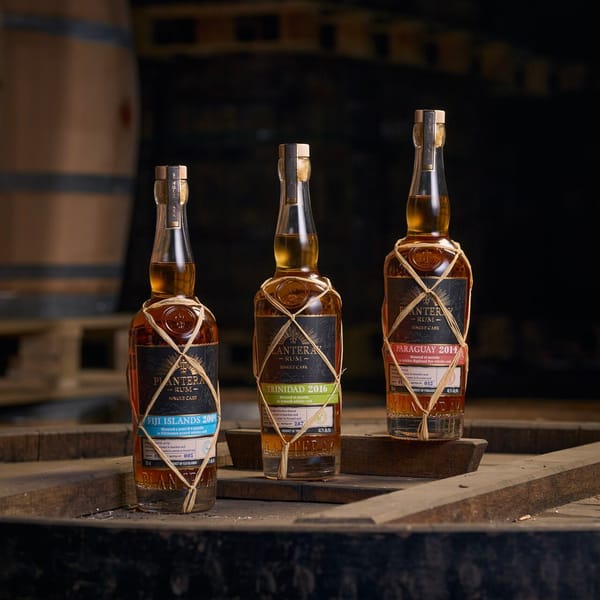

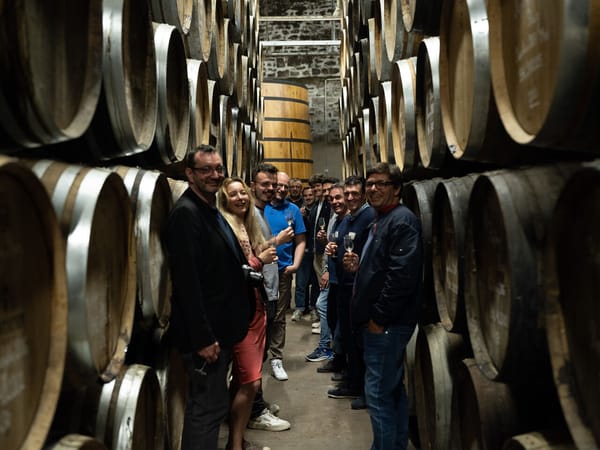
Member discussion